1.
Introduction and preliminaries
Fractional calculus is an essential research area, which is equally useful not only in pure mathematics but also in applied mathematics, physics, biology, engineering, economics and control theory etc. In recent years, study on fractional differential equations is very dynamic and widespread around the world. Some of its applications in diverse fields are discussed in [1,2]. Optical solitons of time-fractional higher-order nonlinear Schr¨odinger equation and soliton molecule solutions of nonlinear Schr¨odinger equations are established by Dai et al. [3,4]. A hybrid analytical solution to examine the fractional model of the nonlinear wave-like equation is explored by Kumar et al. [5]. Numerical solutions with linearization techniques of the fractional Harry Dym equation are established in [6].
Many researchers have discussed fractional calculus operators [7,8]. The composition of Erdélyi-Kober fractional operators is presented in [9]. Mishra et al. discussed the Marichev-Saigo-Maeda fractional calculus operators on the product of Srivastava polynomials and generalized Mittag-Leffler function [10]. Certain Integral operators involving the Gauss hypergeometric functions are elaborated in [11,12]. A brief study of fractional calculus operators on generalized multivariable Mittag-Leffler function is presented by Suthar et al. [13]. A brief systematic history of the generalized fractional calculus operators and their applications is being profoundly analyzed in [14,15]. A concise description of generalized fractional calculus operators together with their applications is available in [16,17,18].
A variety of research publications are continuously in progress regarding the generalization of classical fractional calculus operators. In this continuation, many researchers established generalized fractional operator and their applications[19,20]. Smraiz et al. modified the (k,s) fractional integral operator involving k-Mittag-Leffler function and also discussed the applications of (k,s)-Hilfer-Prabhakar fractional derivative in mathematical physics [21,22]. Can et al. have discussed the global existence for a mild solution of fractional Volterra integro-differential equations [23] and inverse source problem for the time-fractional diffusion equation with Mittag-Leffler kernel [24]. They also explored regularized solution approximation for the fractional pseudo-parabolic problem with a nonlinear source term in [25].
For our study, we start with k versions of Saigo fractional integral and derivative operators involving the k-hypergeometric function in the kernel which were introduced by Gupta and Parihar [26] and are defined as follows:
For w∈R+, ϵ,ϱ,χ∈C with Re(ϵ)>0, k>0, we have
Where [Re(ϵ)] is the integer part of Re(ϵ) and 2F1,k((ϵ,k),(ϱ,k);(χ,k);w) is the k-hypergeometric function defined by Mubeen and Habibullah in [19] as:
For w∈C, |w|<1, Re(χ)>Re(ϱ)>0,
The benefit of the generalized k-fractional calculus operators is that they generalize classical Saigo's fractional operators and classical Riemann-Liouville operators. For k→1, (1.1)–(1.4) condense to the Saigo's fractional integral and differential operators [11]. If we take ϱ=−ϵ in (1.1)–(1.4), we have the k- Riemann-Liouville operators as follows:
and for k→1, Eqs (1.6)–(1.9) reduce to classical Riemann-Liouville fractional operators.
Now, we will state the lemmas presented in [26] which will be helpful to prove our main results.
Lemma 1.1. Let ϵ,ρ,χ,λ∈C, k∈R+(0,∞), Re(λ)>max[0,Re(ϱ−χ)]. Then
Lemma 1.2. Let ϵ,ρ,χ,λ∈C, k∈R+(0,∞), Re(λ)>max[Re(−ϱ),Re(−χ)]. Then
Lemma 1.3. Let ϵ,ρ,χ,λ∈C, k∈R+(0,∞), n=Re[ϵ]+1 such that Re(λ)>max[0,Re(−ϵ−ϱ−χ)]. Then
Lemma 1.4. Let ϵ,ρ,χ,λ∈C, n=Re[ϵ]+1, k∈R+(0,∞) such that Re(λ)>max[Re(−ϵ−χ),Re(ϱ−nk+n)]. Then
Gehlot and Prajapati in [27] defined the k-Wright function as follows:
For k∈R+, w,ai,bj∈C, Ai,Bj∈R(Ai,Bj)≠0 where i=1,2,..u;j=1,2,..v and (ai+Ain),(bj+Bjn)∈C∖kZ−,
with convergence condition
for reasonably bounded values of |z|.
The Lommel-Wright k-function is defined as follows:
where z∈C|(−∞,0],℘>0,m∈N,k∈R,ℵ,ℏ∈C and Γk(Z) is the k-gamma function introduced by Diaz and Pariguan [28] given by
with k-Pochhammer symbol (ω)n,k given by
The classical Eulers Gamma function and Gamma k-function are related with following relation
The Lommel-Wright k-function can also be expressed in the form of k-Wright function as:
For m=1 in (1.16), we define the generalized Bessel-Maitland k-function as:
It is observed that for k=1, generalized Lommel-Wright k-function reduces to generalized Lommel-Wright function as given in [29] and for m=k=1, we get the Bessel-Maitland function presented in [29]. It also capitulates connection with the classical Bessel function Jℵ(z) mentioned in [30] for m=℘=k=1 and ℏ=0.
As various kinds of generalized fractional calculus operators involving different special functions are in consistent development. The papers on certain generalized fractional operators and integral transform [31,32,33] serve as inspiration for our presented work. This work backs up the prior results and contributes to the field by making broad generalizations.
The layout of the paper is as follows: In section 2, we established the formulas for generalized Saigo fractional integrals involving generalized Lommel-Wright function and some of its cases are also discussed as corollaries. Section 3 is devoted to developing the generalized Saigo fractional differentiation formulas involving generalized Lommel-Wright function along with its special consequences. In Section 4, extended Beta transform is applied to the generalized Lommel-Wright function. The last section contains concluding remarks.
2.
Saigo k-fractional integration of Lommel-Wright k-function
In this section, we develop the formulas for Saigo k-fractional integrals (1.1) and (1.2) associated with Lommel-Wright k-function. These results are expressed in terms of k-Wright function.
Theorem 2.1. Let ϵ,ϱ,χ,λ,σ∈C, ℘>0, m∈N, k∈R+, such that Re(ϵ)>0, Reλ>max[0,Re(ϱ−χ)] and Re(λ+χ−ϱ)>0. If condition given by (1.15) is satisfied and Iϵ,ϱ,χ0+,k is the left sided integral operator of the generalized k-fractional integration considering k-hypergeometric function. Then the subsequent formula
holds.
Proof. Using Eq (1.16) in the left hand side of Eq (2.1), we get
Applying Lemma 1.1, we obtain
Multiplying and dividing by Γ(n+1) and using Γ(n+1)=k−nΓk(nk+k), we get
Using Eq (1.14) in (2.5), we have the desired formula.
Theorem 2.2. Let ϵ,ϱ,χ,λ,σ∈C, ℘>0, m∈N, k∈R+, such that Re(ϵ)>0, Re(λ+ϵ)>max[−Re(ϱ)−Re(χ)] and Re(ϱ)≠Re(χ). If condition (1.15) is satisfied and Iϵ,ϱ,χ−,k is the right sided integral operator of the generalized k-fractional integration considering k-hypergeometric function. Then the subsequent formula
holds.
Proof. The proof of Theorem 2.2 runs parallel to Theorem 2.1.
The findings in (2.1) and (2.6) are very general in nature and can result in a large number of individual cases. Allocating some acceptable values to the parameters involved, we have the following corollaries.
Using m=1, the results (2.1) and (2.6) take the form.
Corollary 2.3. Let ϵ,ϱ,χ,λ,σ∈C, ℘>0, k∈R+, such that Re(ϵ)>0, Reλ>max[0,Re(ϱ−χ)] and Re(λ+χ−ϱ)>0. Then the subsequent formula
is true.
Corollary 2.4. Let ϵ,ϱ,χ,λ,σ∈C, ℘>0, m∈N, k∈R+, such that Re(ϵ)>0, Re(λ+ϵ)>max[−Re(ϱ)−Re(χ)] and Re(ϱ)≠Re(χ). Then the subsequent formula
is true.
Letting k=1, we have the generalized Lommel-Wright function and the corresponding formulas are presented in subsequent corollaries.
Corollary 2.5. Let ϵ,ϱ,χ,λ,σ∈C, ℘>0, m∈N, such that Re(ϵ)>0, Reλ>max[0,Re(ϱ−χ)] and Re(λ+χ−ϱ)>0. Then the subsequent formula
holds.
Corollary 2.6. Let ϵ,ϱ,χ,λ,σ∈C, ℘>0, m∈N, such that Re(ϵ)>0, Re(λ+ϵ)>max[−Re(ϱ)−Re(χ)] and Re(ϱ)≠Re(χ). Then the subsequent formula
holds.
For m=k=℘=1 and ℏ=0, the corresponding corollaries are as given below.
Corollary 2.7. Let ϵ,ϱ,χ,λ,σ∈C, ℘>0, m∈N, such that Re(ϵ)>0, Reλ>max[0,Re(ϱ−χ)] and Re(λ+χ−ϱ)>0. Then the subsequent formula holds
Corollary 2.8. Let ϵ,ϱ,χ,λ,σ∈C, m∈N, such that Re(ϵ)>0, Re(λ+ϵ)>max[−Re(ϱ)−Re(χ)] and Re(ϱ)≠Re(χ). Then the subsequent formula holds
3.
Saigo k-fractional differentiation of Lommel-Wright k-function
In this part, we will present formulas for differentiation using Saigo k-fractional differential operators given by (1.3) and (1.4) involving generalized Lomme-Wright k-function. These formulae are presented in terms of k-Wright function.
Theorem 3.1. Let ϵ,ϱ,χ,λ,σ∈C, ℘>0, m∈N, k∈R+, such that Re(ϵ)>0, Re(λ)>max[0,Re(−ϵ−ϱ−χ)] and Re(λ+χ+ϱ)>0. If condition (1.15) holds and Dϵ,ϱ,χ0+,k is the left sided operator of the generalized k-fractional differentiation considering k-hypergeometric function. Then the following formula
holds true.
Proof. By means of Eq (1.16) we can write the left hand side of Eq (3.1) as follows:
Using Lemma 1.3 in Eq (3.3), we obtain
Multiplying and dividing by Γ(n+1) and using Γ(n+1)=k−nΓk(nk+k), we get
By means of Definition (1.14) in (3.5), we obtain the formula (3.1).
Theorem 3.2. Let ϵ,ϱ,χ,λ,σ∈C, ℘>0, m∈N, k∈R+, such that Re(ϵ)>0, Re(ϱ)>max[Re(ϵ+ϱ)+n−Re(χ)] and Re(ϵ+ϱ−χ)+n≠0, where n=[Re(ϵ)+1] If condition (1.15) is satisfied and (Dϵ,ϱ,χ−,k is the right sided operator of the generalized k-fractional differentiation considering k-hypergeometric function. Then the subsequent formula
holds.
Proof. The proof of Theorem 3.2 is similiar to Theorem 3.1.
Now, we discuss some special cases.
For m=1 the results (3.1) and (3.6) are established in the form of following corollaries.
Corollary 3.3. Let ϵ,ϱ,χ,λ,σ∈C, ℘>0, k∈R+, such that Re(ϵ)>0, Re(λ)>max[0,Re(−ϵ−ϱ−χ)] and Re(λ+χ+ϱ)>0. If condition in (1.15) holds then the subsequent formula
is true.
Corollary 3.4. Let ϵ,ϱ,χ,λ,σ∈C, ℘>0, k∈R+, such that Re(ϵ)>0, Re(ϱ)>max[Re(ϵ+ϱ)+n−Re(χ)] and Re(ϵ+ϱ−χ)+n≠0, where n=[Re(ϵ)+1]. If condition in (1.15) is satisfied then the subsequent formula holds
For k=1, in Eqs. (3.1) and (3.6), the obtained corollaries are given below.
Corollary 3.5. Let ϵ,ϱ,χ,λ,σ∈C, ℘>0, m∈N, such that Re(ϵ)>0, Re(λ)>max[0,Re(−ϵ−ϱ−χ)] and Re(λ+χ+ϱ)>0. If condition in (1.15) holds then the subsequent formula is true
Corollary 3.6. Let ϵ,ϱ,χ,λ,σ∈C, ℘>0, m∈N, such that Re(ϵ)>0, Re(ϱ)>max[Re(ϵ+ϱ)+n−Re(χ)] and Re(ϵ+ϱ−χ)+n≠0, where n=[Re(ϵ)+1]. If condition in (1.15) is satisfied then the subsequent formula holds
For m=k=℘=1 and ℏ=0, the subsequent corollaries are as follows:
Corollary 3.7. Let ϵ,ϱ,χ,λ,σ∈C, ℘>0, m∈N, such that Re(ϵ)>0, Re(λ)>max[0,Re(−ϵ−ϱ−χ)] and Re(λ+χ+ϱ)>0. If condition in (1.15) holds then the subsequent formula is true
Corollary 3.8. Let ϵ,ϱ,χ,λ,σ∈C such that Re(ϵ)>0, Re(ϱ)>max[Re(ϵ+ϱ)+n−Re(χ)] and Re(ϵ+ϱ−χ)+n≠0, where n=[Re(ϵ)+1] If condition in (1.15) is satisfied then the subsequent formula holds
4.
Formulas associated with integral transforms
In this part, we will discuss some theorems on integral transforms of generalized Lommel-Wright k-function connecting with the results established in previous sections.
The k-beta function presented in [34] as:
For r,s>0
It can also be written as
The relation between k-beta function and the classical one is
Theorem 4.1. Let ϵ,ϱ,χ,λ,σ∈C, ℘>0, m∈N, k∈R+, such that Re(ϵ)>0, Reλ>max[0,Re(ϱ−χ)]. Then the following formula is true
Proof. Using Eqs (1.16) and (4.2) in the left hand side of Eq (4.4), we can write
which implies
Applying Lemma 1.1 and using Eq (4.3), we obtain
Multiplying and dividing by Γ(n+1) and using Γ(n+1)=k−nΓk(nk+k), we get
By combining Eqs (1.14) and (4.8), we get our required result (4.4).
Theorem 4.2. Let ϵ,ϱ,χ,λ,σ∈C, ℘>0, m∈N, k∈R+, such that Re(ϵ)>0, Re(λ+ϵ)>max[−Re(ϱ)−Re(χ)]. Then the following formula is true
Proof. The proof is similar to Theorem 4.1.
Theorem 4.3. Let ϵ,ϱ,χ,λ,σ∈C, ℘>0, m∈N, k∈R+, such that Re(ϵ)>0, Re(λ)>max[0,Re(−ϵ−ϱ−χ)]. Then the subsequent formula is true
Proof. By means of Eqs (1.16) and (4.2) in the left hand side of Eq (4.10), we have
On simplification, we obtain
Using Lemma 1.3 and relation (4.3), we get
Multiplying and dividing by Γ(n+1) and using Γ(n+1)=k−nΓk(nk+k), we get
By means of definition (1.14), the proof is done.
Theorem 4.4. Let ϵ,ϱ,χ,λ,σ∈C, ℘>0, m∈N, k∈R+, such that Re(ϵ)>0, Re(λ)>max[Re(−ϵ−χ)−nk+n]. Then the subsequent formula is true
Proof. The proof of Theorem 4.4 runs parallel to Theorem 4.3.
Now, we will discuss some special cases.
By substituting m=1 in Eqs (4.4), (4.9), (4.10) and (4.15), we establish the following corollaries.
Corollary 4.5. Let ϵ,ϱ,χ,λ,σ∈C, ℘>0, k∈R+, such that Re(ϵ)>0, Reλ>max[0,Re(ϱ−χ)]. Then the following formula is true
Corollary 4.6. Let ϵ,ϱ,χ,λ,σ∈C, ℘>0, k∈R+, such that Re(ϵ)>0, Re(λ+ϵ)>max[−Re(ϱ)−Re(χ)]. Then prove the following formula
Corollary 4.7. Let ϵ,ϱ,χ,λ,σ∈C, ℘>0, m∈N, k∈R+, such that Re(ϵ)>0, Re(λ)>max[0,Re(−ϵ−ϱ−χ)]. Then the subsequent formula is true
Corollary 4.8. Let ϵ,ϱ,χ,λ,σ∈C, ℘>0, k∈R+, such that Re(ϵ)>0, Re(λ)>max[Re(−ϵ−χ)−nk+n]. Then the subsequent formula is true
For k=1, we establish the following formulas from Eqs (4.4), (4.9), (4.10) and (4.15).
Corollary 4.9. Let ϵ,ϱ,χ,λ,σ∈C, ℘>0, m∈N, such that Re(ϵ)>0, Reλ>max[0,Re(ϱ−χ)]. Then the following formula is true
Corollary 4.10. Let ϵ,ϱ,χ,λ,σ∈C, ℘>0, m∈N, such that Re(ϵ)>0, Re(λ+ϵ)>max[−Re(ϱ)−Re(χ)]. Then the following formula is true
Corollary 4.11. Let ϵ,ϱ,χ,λ,σ∈C, ℘>0, m∈N, such that Re(ϵ)>0, Re(λ)>max[0,Re(−ϵ−ϱ−χ)]. Then the subsequent formula is true
Corollary 4.12. Let ϵ,ϱ,χ,λ,σ∈C, ℘>0, m∈N, such that Re(ϵ)>0, Re(λ)>max[Re(−ϵ−χ)]. Then the subsequent formula is true
For m=k=℘=1 and ℏ=0, the subsequent corollaries are as follows.
Corollary 4.13. Let ϵ,ϱ,χ,λ,σ∈C, such that Re(ϵ)>0, Reλ>max[0,Re(ϱ−χ)]. Then the following formula is true
Corollary 4.14. Let ϵ,ϱ,χ,λ,σ∈C, such that Re(ϵ)>0, Re(λ+ϵ)>max[−Re(ϱ)−Re(χ)]. Then the following formula is true
Corollary 4.15. Let ϵ,ϱ,χ,λ,σ∈C, such that Re(ϵ)>0, Re(λ)>max[0,Re(−ϵ−ϱ−χ)]. Then the subsequent formula is true
Corollary 4.16. Let ϵ,ϱ,χ,λ,σ∈C, such that Re(ϵ)>0, Re(λ)>max[Re(−ϵ−χ)]. Then the subsequent formula is true
5.
Conclusions
In this article, we established the relations of fractional integration and differentiation associated with the generalized Lommel-Wright function. We conclude that many other interesting image formulas can be derived as the specific cases of our main results. Like the generalized Lommel-Wright function certain other special functions can also be discussed in the same perspective. Briefly, the recent study confirms the earlier results and plays a significant role by making generalizations. Furthermore, for the choice ϱ=−ϵ in our main results and corollaries, we obtain the results for k-Riemann-Liouville fractional operators. We also deduce the results for Saigo's fractional operators by substituting k=1 and for Riemann-Liouville fractional operators, we need to opt k=1 and ϱ=−ϵ in our main results.
Conflict of interest
The authors declares that there is no conflict of interests regarding the publication of this paper.











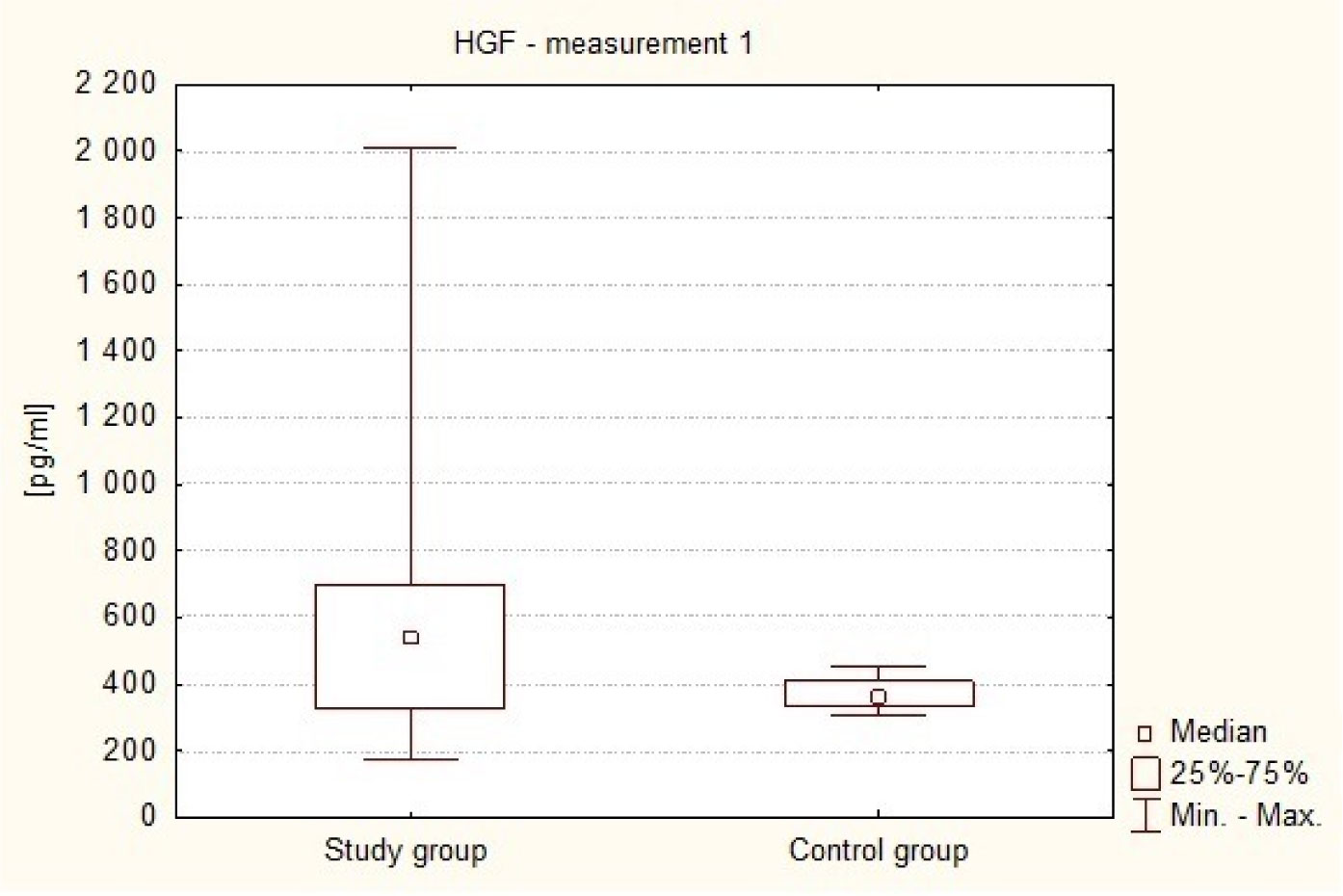
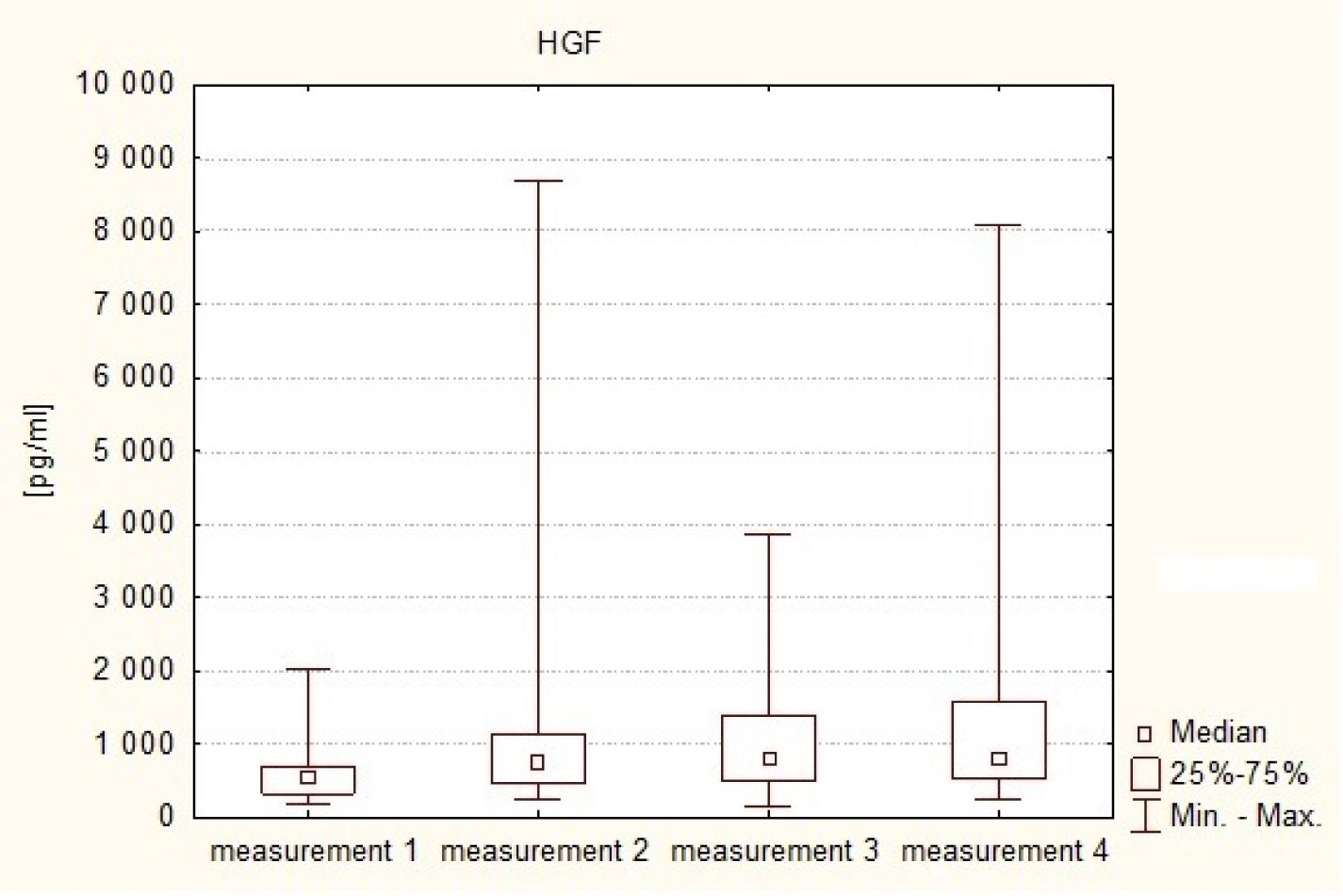
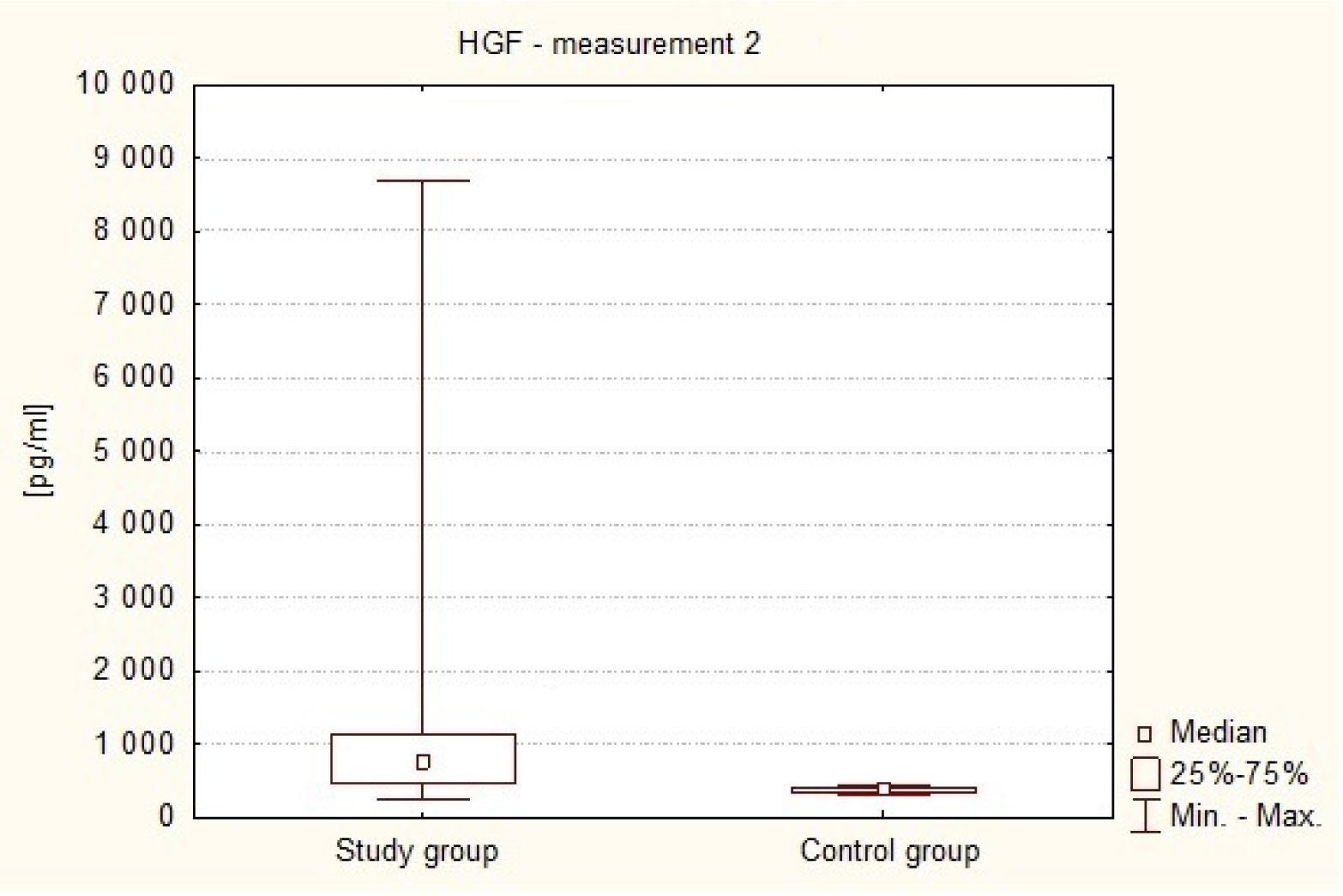

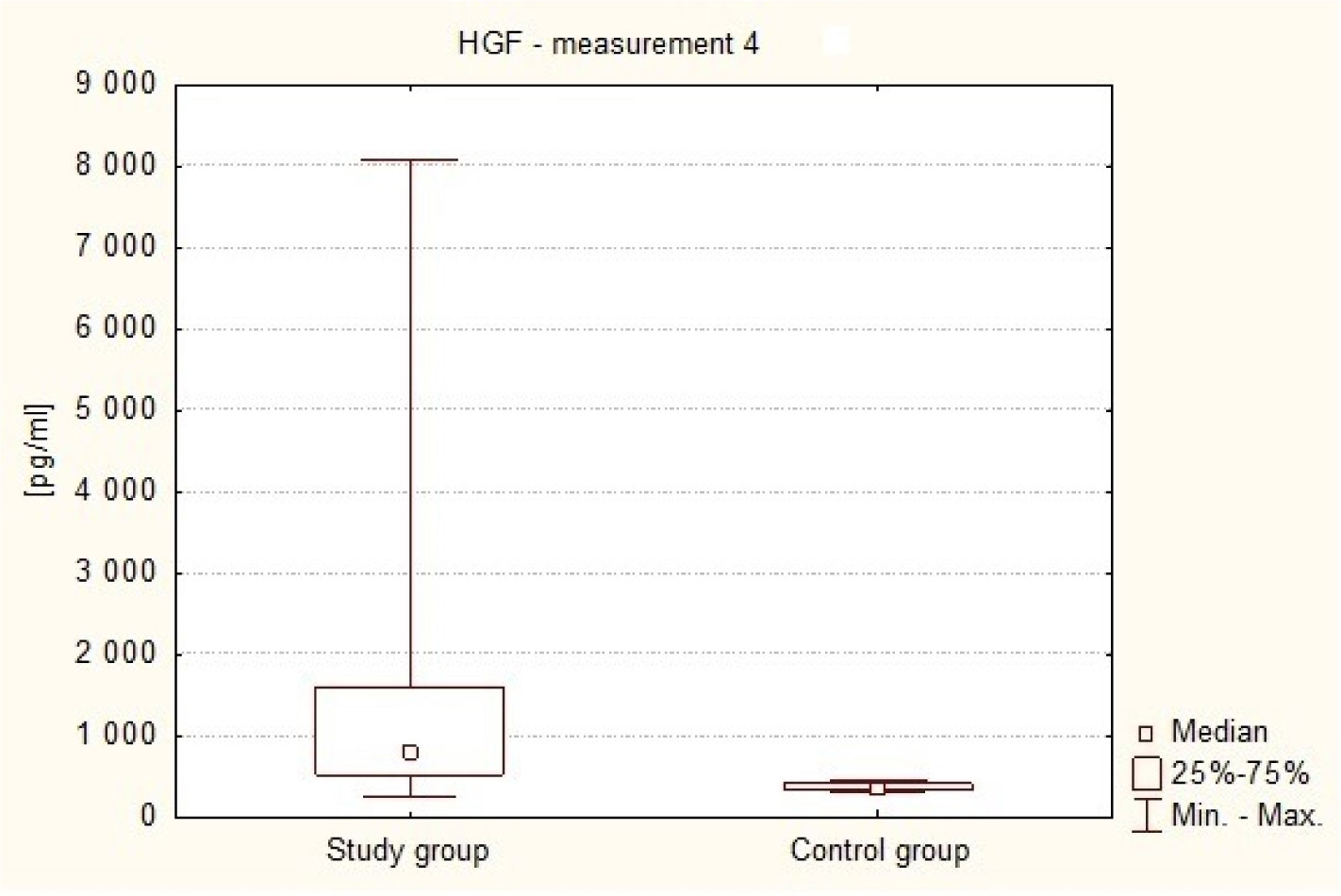
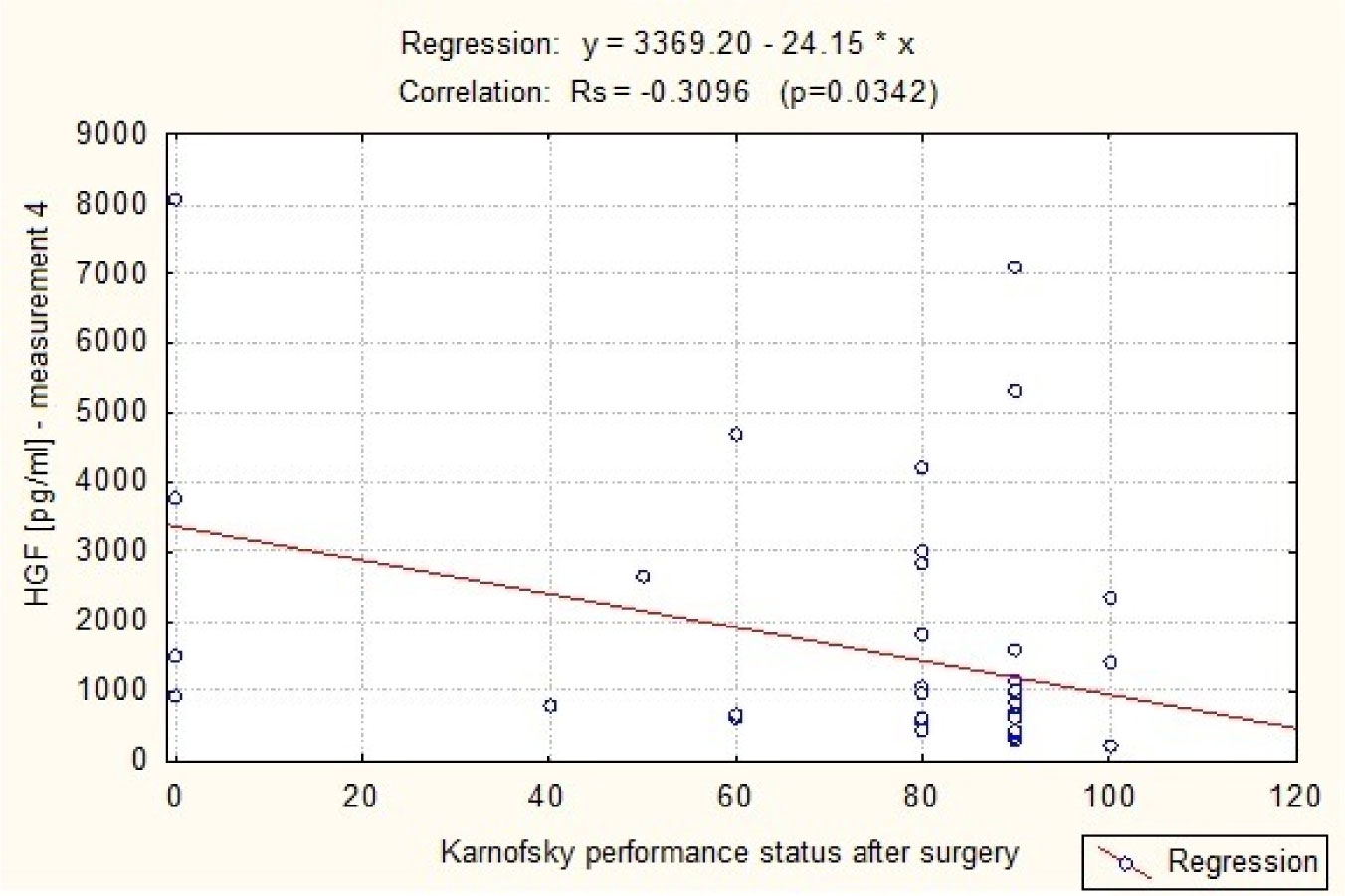
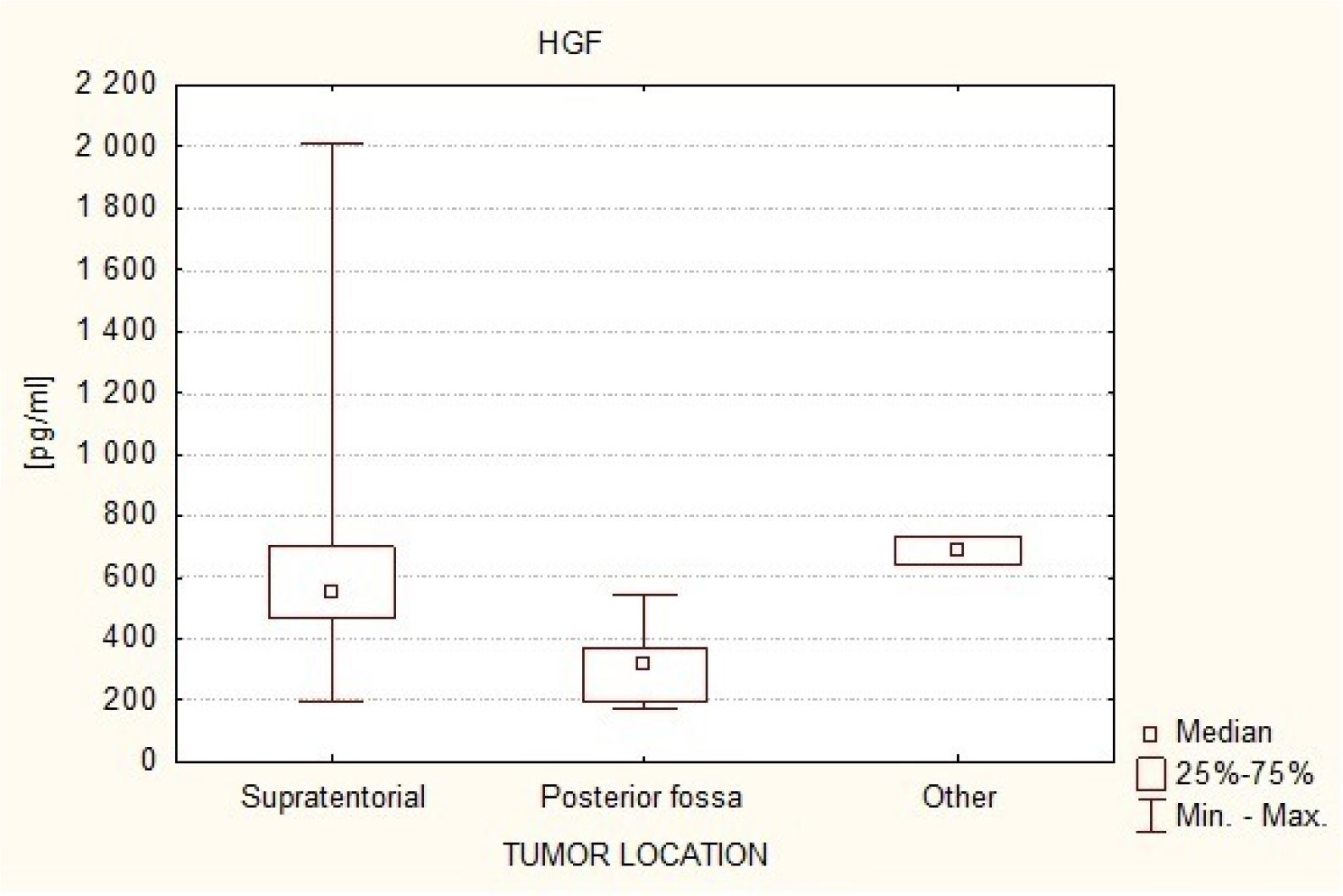


 DownLoad:
DownLoad: